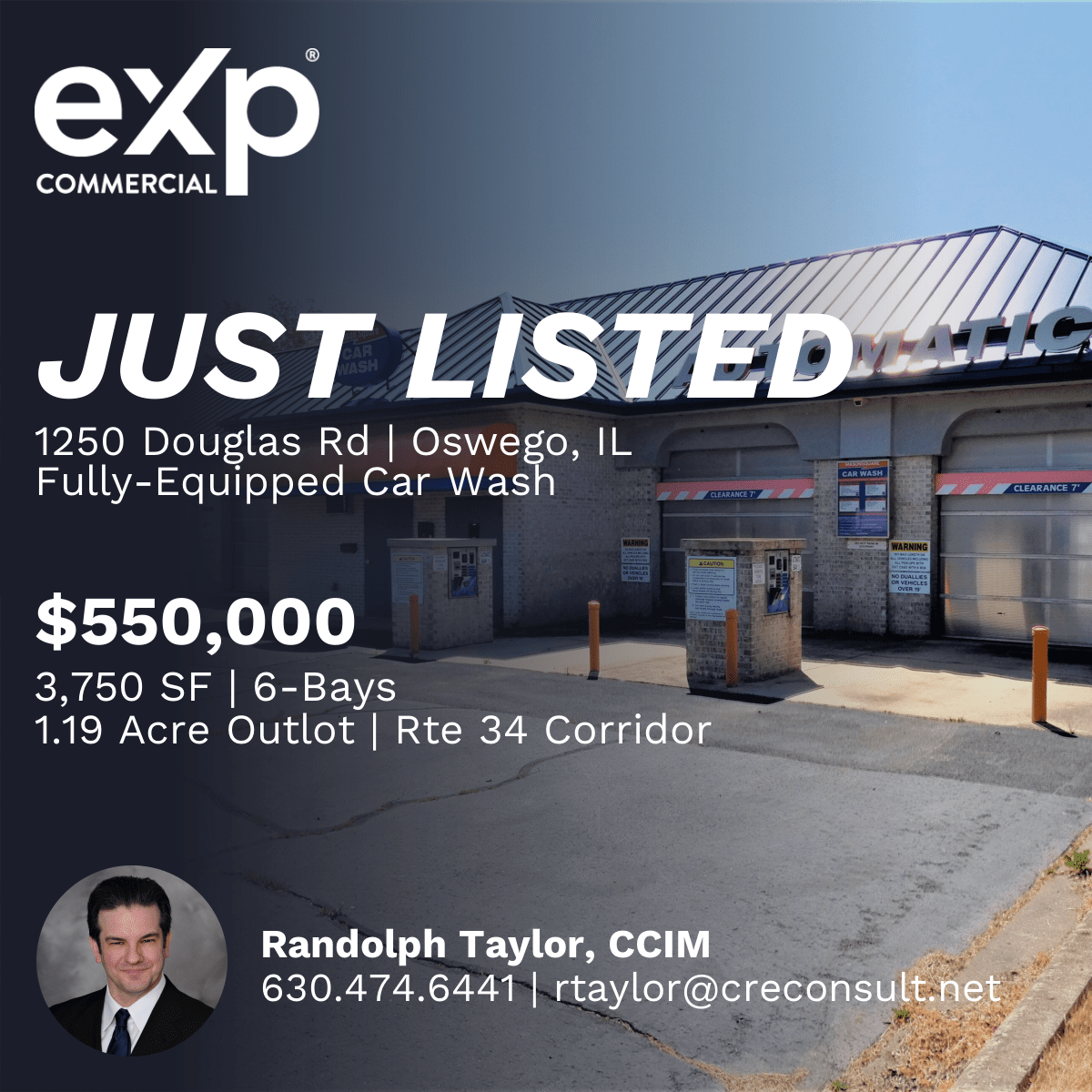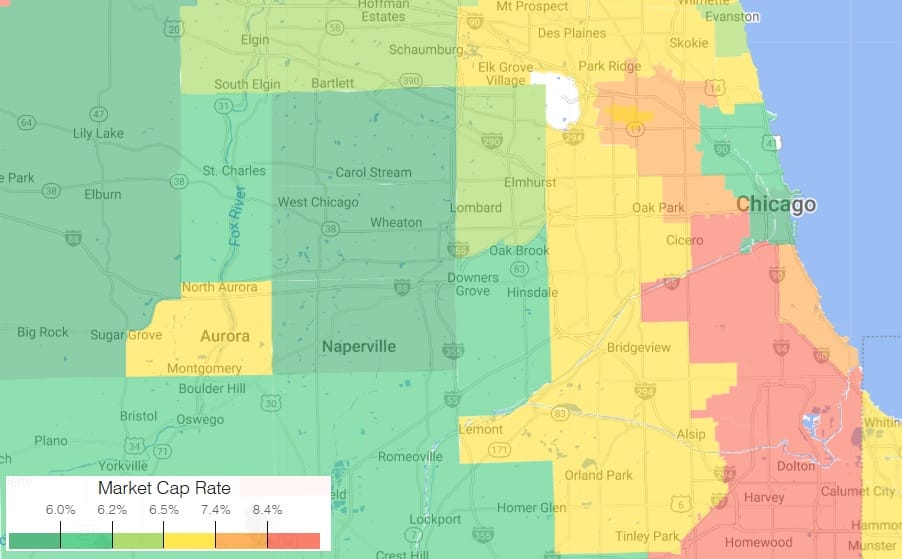
Valuing commercial property is an important step in every commercial real estate transaction. This post will demystify the commercial property valuation process and walk you through some common valuation techniques used in the commercial real estate industry.
What is Value?
Before we dive into understanding commercial property valuation, let’s take a step back and ask a more philosophical question. What is value? Is commercial property valuation something set in stone, or is it more or less in the eye of the beholder? The answer is a little bit of both. On the one hand, valuation is not 100% set in stone, which is often why commercial property sales requires a negotiation period that can often last several weeks or months.
However, there is a mathematical way to arrive at a reasonable value range, based on the cash flows of the property. In finance, this is known as intrinsic value, and because owners of commercial property are typically investors, they will view their purchase of commercial property rationally. However, with that said, there is a component to value that is always in the eye of the beholder. When value becomes disconnected from the underlying fundamentals, it can often be for reasons that supersede cash flow, such as ego, sentimental value, or speculation about the future.
Building a Real Estate Proforma
The first task in commercial property valuation is to build a real estate proforma. A real estate proforma is simply a projection of cash flows for a commercial property over your desired holding period. Once you have an accurate cash flow projection, you can then determine value using some common investment ratios, and ultimately a discounted cash flow analysis.
If you need some assistance with this, our web-based real estate analysis software can help you build a real estate proforma, value commercial property, and generate presentation quality reports.
Simple Measures of Investment Performance
Once a real estate proforma is constructed, most investors begin analyzing commercial properties by looking at some common measures of investment performance. These indicators are a quick and dirty way of determining whether or not to take a closer look at a potential acquisition.
Some of these simple measures of investment performance include the cap rate, cash on cash return, and gross rent multiplier. For a more in depth explanation of these ratios, check out our article on common real estate formulas you should know.
These simple ratios are fine for quickly assessing a property, but it’s important to understand that they have many shortcomings when it comes to valuation. The problem with just using simple ratios to value a property is that they don’t take into account changes in cash flow over time, nor do they account for risk and the time value of money.
Discounted Cash Flow Analysis
Only a multi-period discounted cash flow analysis will help you account for variations in income due to lease expirations, reimbursements, abatement, rental rate and expense escalations, and other drivers of net operating income. Additionally, a discounted cash flow analysis will take into account an investor’s desired rate of return, unlike simpler measures of value.
Grasping the mechanics of a discounted cash flow analysis can be challenging at first, but it’s essential in understanding any commercial real estate transaction. To get more of a gut feel for what a discounted cash flow analysis is telling you and why it’s important, check out the Intuition Behind IRR and NPV.
To jump start your commercial property valuation, give our commercial property valuation software a spin, free for 30 days!
Source: How to Value Commercial Property
https://www.creconsult.net/market-trends/how-to-value-commercial-property/




